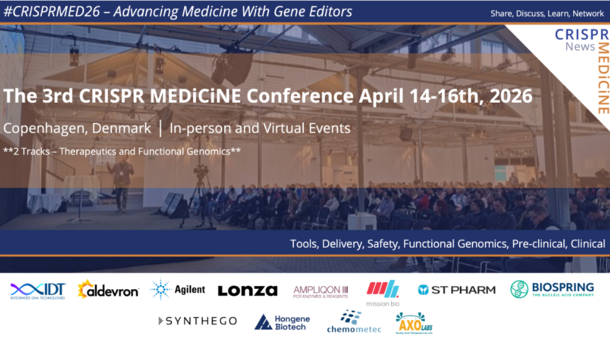Ornithine Transcarbamylase deficiency (OTCD) is an inherited metabolic disorder that causes ammonia to accumulate in the blood. OTCD is caused by genetic variants in the OTC gene that encodes a liver enzyme responsible for detoxification of ammonia. The consequential build-up of excess levels of ammonia in the blood can lead to severe disease symptoms such as cumulative and irreversible neurological damage, coma and death. OTCD is the most common urea cycle disorder involving various processes that occur in liver cells. It processes excess nitrogen that is produced by protein metabolism to make urea that is excreted by the kidneys. The ornithine transcarbamylase enzyme catalyses a specific reaction within this process.
The severe form of the condition is detectable just a few days after birth and is more common in boys than girls and is referred to as the neonatal-onset form. Other forms of the condition may become apparent later in life and may vary in severity. Mutations in OTC that result in complete loss of enzymatic activity results in the severe, neonatal-onset form while mutations leading to decreased OTC activity result in the late-onset phenotypes.
OTCD is an X-linked disorder involving mutations in the OTC gene (Xp21.1) that provides instructions for making the ornithine transcarbamylase enzyme.
Infants with neonatal-onset OTCD may be lacking in energy, unwilling to eat, and have a poorly-controlled breathing rate or body temperature. Infants with this disorder may be described as "floppy" and can experience seizures or coma. Other developmental symptoms may include developmental delay and intellectual disability and progressive liver damage. Symptoms can vary in severity and onset with some individuals developing symptoms much later in life. The late-onset form of the disorder occurs in both males and females equally and symptoms include mental delirium, erratic behaviour, headaches, vomiting, aversion to protein foods, and seizures can also occur in this form of the disorder.
